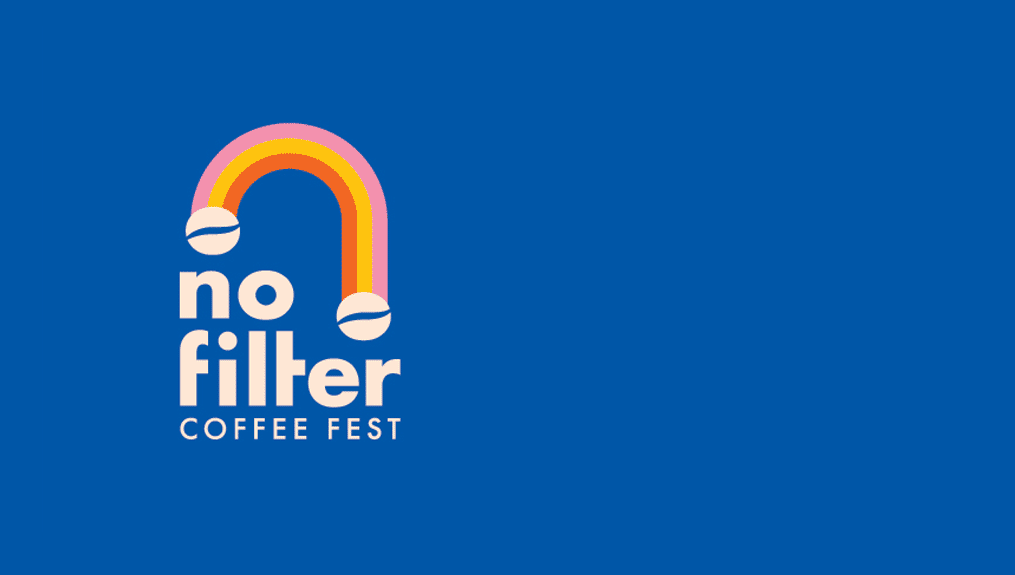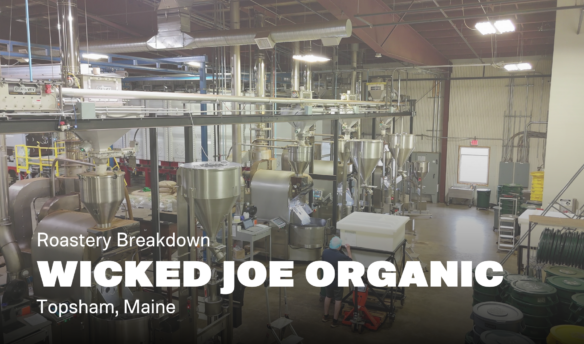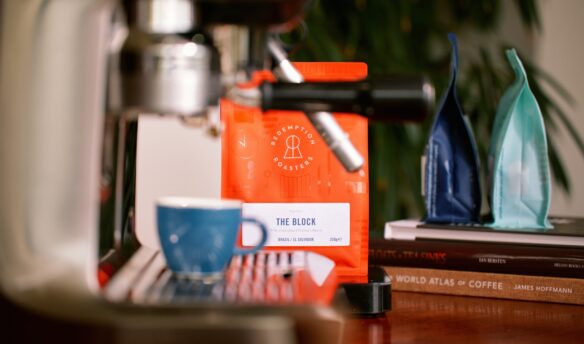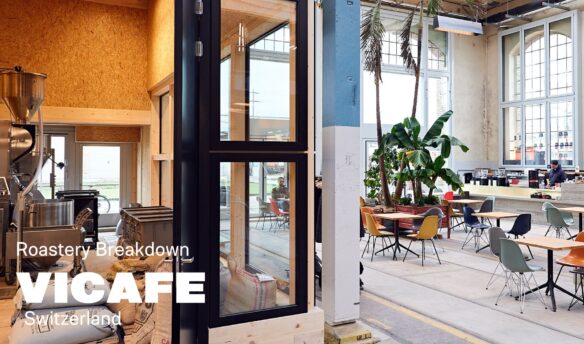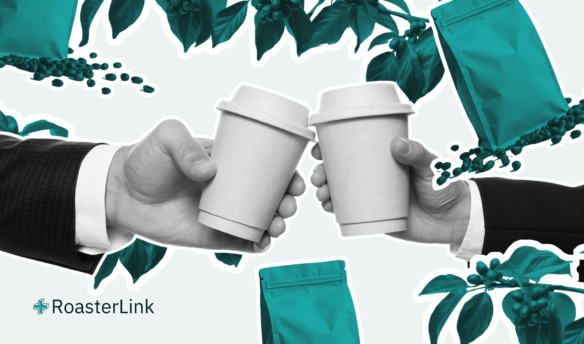As the effects of COVID-19 continue to be felt around the world, our industry has had to adapt in ways it didn’t anticipate.
One key element of the specialty beverage industry is events. From trade shows to latte art throwdowns, in-person events make up a large part of our world, creating opportunities for career and skill development, networking, education, sales, and forging deeper connections with our peers. But in light of the pandemic, the future of such events has been called into question.
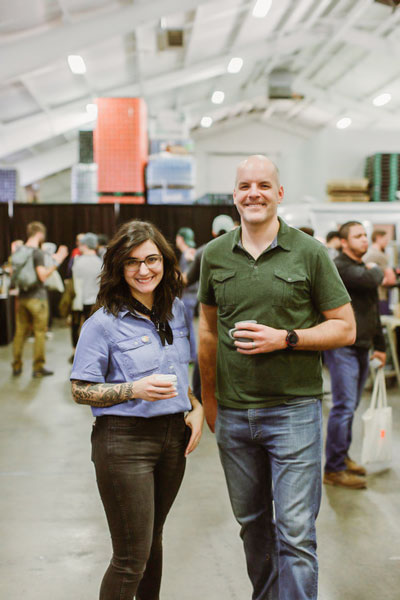
Some organizers, however, have found success using digital platforms for their events. For example, the creators of No Filter Coffee Fest (formerly known as POUR Coffee Festival) in Charlotte, North Carolina, recently hosted a completely virtual event on Instagram Live, with more than 700 people around the world participating.
After refunding vendors when the pandemic halted preparations for the in-person festival and finding themselves “back at square zero,” Diana Mnatsakanyan-Sapp says she and co-creator Matt Dudley wanted “to draw attention to the people that had already agreed to do our 2020 fest.”
“Coffee people are struggling, and consumers could be reminded why…supporting local businesses is important,” she says.
And so, from May 12 through May 16, coffee professionals and roasters in the Southeast took to the social media platform to present on topics ranging from the coffee price crisis and sustainability to coffee cocktails and digital roasting. Mnatsakanyan-Sapp says each session had between 50–90 viewers, with some tuning in from Canada, the United Kingdom, and even Ukraine.
The benefits of a virtual event are numerous; first and foremost, they can reach people who normally would not be able to attend an event, whether due to financial, physical, or other reasons.
“COVID-19 is forcing us to all live in our homes and it’s limiting our mobility and our ability to go out,” says Mnatsakanyan-Sapp. “We’re being shown all the ways in which our society is not inclusive to people who maybe have limited mobility, or limited access to transportation…or have different developmental needs.”
Virtual events can also put coffee producers in front of coffee consumers: Athens, Georgia-based 1000 Faces Coffee did a shared Instagram live with Felipe Croce, of FAF Coffee Brazil.
“He literally was standing in a coffee field,” says Mnatsakanyan-Sapp. “[The average consumer] is never going to have the opportunity to go to a coffee farm, will probably not have the option to talk to a coffee producer. But in that moment, [they] were there on a coffee farm, listening to a coffee producer talk about his experiences as a coffee producer during COVID-19—that is so powerful.”
“We should be doing things to try to connect with everyone who wants to learn and grow and connect with other people in the coffee industry,” she adds.
So how can we foster digital connection during this time? Read on for some tips on creating a virtual event.
GET EVERYONE ON THE SAME PAGE
- Reach out to your vendors and presenters to make sure they know what their responsibilities are ahead of the event.
- Provide all the necessary logistics, including how long the presentation should be, what materials they may need to create or provide (a slideshow, worksheet, etc.), and any login passwords.
- Encourage promotion: Share the event’s flyer/promotional material with all participants to ensure cohesive visuals. Share all participants’ social media handles so they can tag each other as they promote the event.
GET THE WORD OUT
- Press releases are your friend! “Figure out the people that you think are going to be able to communicate your story to your audience fast,” says Mnatsakanyan-Sapp. Then go to their website, find the Contact Us page, and send a press release to the appropriate email. (Pssst! Not sure how to write a press release? Click here!
- Use grassroots efforts to reach out to organizations in your region or that can easily target your audience, and share artwork and necessary information with them to promote.
- Find sponsors. Regardless of Mnatsakanyan-Sapp’s role as Oatly representative, she says companies like Oatly account for sponsorships and community support in their marketing and events budgets. Don’t be intimidated to reach out to a company for swag, prizes, and other promotional help. “It may be intimidating [to reach out to larger companies], but those companies are in the business of supporting the industry and its people, no matter how small you think your event may be,” she says.
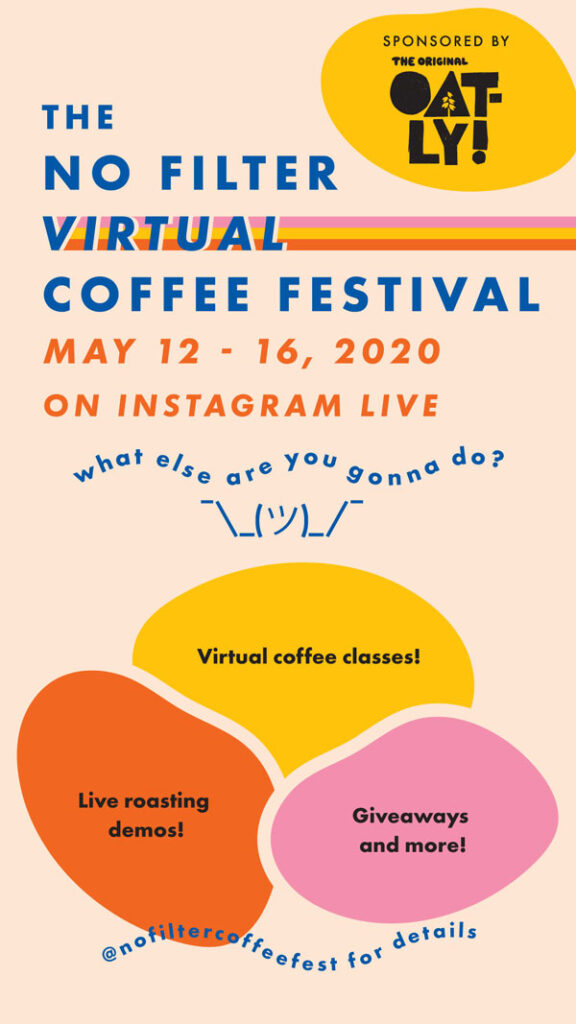
KNOW YOUR TECH
- Familiarize yourself with whatever platform you’re using; for Mnatsakanyan-Sapp, it was Instagram live, which she had never used before. “Use the platform that you’re going to ask other people to use, both as a viewer and as a presenter, so that you can know what [each experience] will be.”
- Have someone whose sole job is to observe any problems that may arise during each presentation—“someone who is not a presenter, not the videographer, but someone watching who can give feedback about if they need to adjust the camera lens, speak louder, etc.”
- Be aware of how the camera flips your content; if you’re using the front camera of your device, it mirrors images. “[Some presenters] spent all this work on visuals that became basically unreadable,” says Mnatsakanyan-Sapp.
- Finally, she addresses the “obvious basics: having good lighting, being in a quiet environment with no distractions, speaking loudly and slowly, enunciating, and moving in almost slow motion—because there’s always a lag!”



